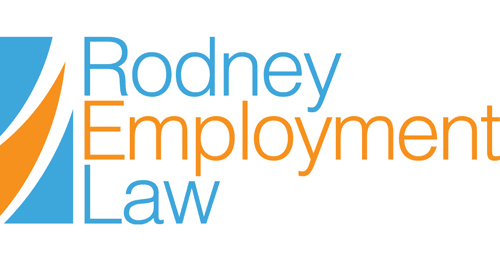On April 26, 2018, the Ontario government announced that with the passing of Bill 3, Pay Transparency Act, 2018, the province is the first in Canada to introduce pay transparency legislation.
Set to come into force on January 1, 2019, the Act imposes a number of significant requirements for employers in Ontario, relating to the disclosure of information about the compensation of employees and prospective employees. Additionally, the Act establishes a framework for requiring larger employers to submit an annual “Pay Transparency Report” to the government, outlining compensation gaps within their organizations based on gender and other diversity characteristics.
Key Provisions:
- Compensation History: Employers will be prohibited from inquiring about a job applicant’s compensation history.
- Full Disclosure: Employers that publicly advertise job openings will be required to disclose information about the expected compensation for the position or the range of expected compensation for the position.
- No Reprisal: Employers are prohibited from intimidating, dismissing or otherwise penalizing employees for, among other things, making inquiries about the employee’s compensation, disclosing their compensation or asking the employer to comply with the Act or the regulations.
- Pay Transparency Report: Larger organizations will be required to prepare an annual “Pay Transparency Report” outlining information regarding the employer, its workforce composition and differences in compensation with respect to gender and other prescribed characteristics. Employers will be required to post the Report online or in “at least one conspicuous place of every workplace of the employer in Ontario” along with submitting the Report to the Ministry of Labour by May 15 of each year, commencing on:
- May 15, 2020 for employers with 250+ employees; and
- May 15, 2021 for employers with 100 to 250 employees.
- Compliance: Compliance officers will be appointed with the power to enter workplaces, without a warrant, to conduct a compliance audit, perform an inspection or investigate a possible contravention of the Act and ultimately, impose penalties.
Why was this introduced?
The central aim of this legislation as expressed by the government is to, “increase transparency in hiring processes” and to provide “women more information when negotiating compensation that is equal to their male peers.” The Pay Transparency Act is the perfect companion to the recently amended and enhanced “Equal Pay for Equal Work” requirements in the Ontario Employment Standards Act, 2000. For reference, this provision essentially stipulates that if two Ontario employees are performing similar work equally, they must be paid equally, notwithstanding their employment status (i.e. casual, part-time, temporary, seasonal or full-time). These requirements came into force on April 1, 2018, as the most prominent aspect of the latest phase in the Ontario government’s other noteworthy workplace legislation, the Fair Workplaces, Better Jobs Act, 2017. If you are interested in reading more on this topic, we have recently been published in TLOMA Today, extensively discussing the recent changes to the “Equal Pay for Equal Work” provision.
Next Steps for Employers:
The Pay Transparency Act, in conjunction with the Fair Workplaces, Better Jobs Act, has imposed new, unprecedented obligations for employers across Ontario. For this reason, employers are well advised to begin taking proactive steps today to save themselves headaches in the rapidly approaching future.
Proactive next steps for employers include:
- Ensuring that your organization’s compensation negotiation strategies and job applications do not require an applicant to divulge their compensation history; and
- Reviewing your organization’s job postings to ensure that the required compensation information will be outlined by January 1, 2019.
If your organization requires assistance complying with this new legislation, we are here to help. We can perform a comprehensive audit of your organization to identify potential flaws and set you up for success. Going forward, we can also assist in preparing your organization’s mandatory “Pay Transparency Report.”
Disclaimer: this post is intended for educational and non-commercial purposes only and is not intended to be a source of legal advice to any person in respect of any particular legal issue; it does not create a solicitor-client relationship with any readers. If you have a legal issue or possible legal issue, please contact us.
